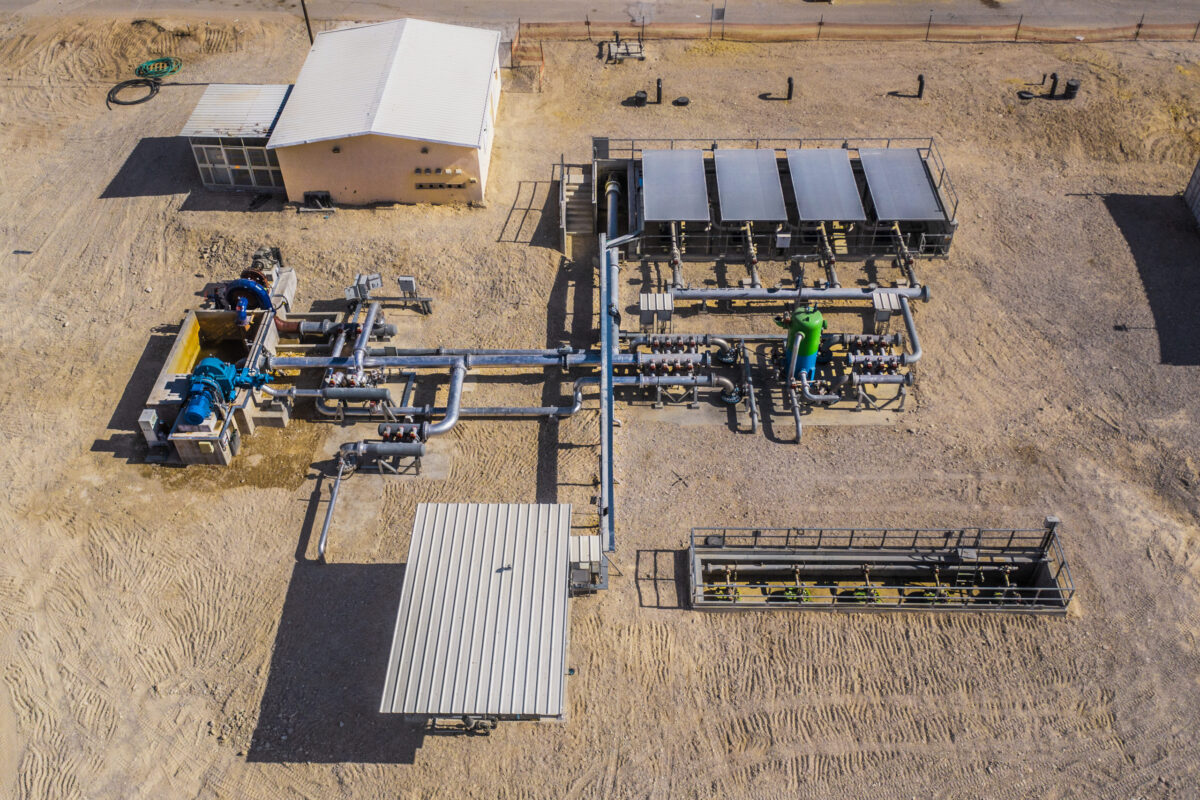Researchers from the Abdullah Gül University in Turkey have developed a hemispherical shell shape for the structure of organic photovoltaic (OPV) cells.
They conducted a three-dimensional finite element analysis to assess how light interacts with the hemispherical cell’s structures and materials and found the proposed cell design may unlock potential in light absorption and angular coverage.
The research group explained that these improvements can be attributed to better light coupling and guiding through the active layer, made possible by the hemispherical shell shape of the device. It added the expanded angular coverage would be particularly advantageous for applications requiring flexible light capture, such as wearable electronics.
“With the improved absorption and omnidirectionality characteristics, the proposed hemispherical-shell-shaped active layers will be found beneficial in various application areas of organic solar cells, such as biomedical devices, as well as applications such as power-generation windows and greenhouses, internet-of-things, and so on,” said the research's lead author, Dooyoung Hah.
The analysis showed that, when subjected to transverse electric (TE)-polarized light, the hemispherical shell structure provides a 66% increase in light absorption compared to flat-structured devices. For transverse magnetic (TM)-polarized light, a 36% improvement was observed.
When compared to semicylindrical shell designs, the hemispherical shell structure recorded a 13% increase in light absorption for TE polarization and 21% improvement for TM polarization. The hemispherical structure also offered expanded angular coverage, spanning up to 81 degrees for TE polarization and 82 degrees for TM polarization.
The scientists presented their findings and the cell design in the paper “Hemispherical-shell-shaped organic photovoltaic cells for absorption enhancement and improved angular coverage,” which was recently published in the SPIE Journal of Photonics for Energy (JPE).
Organic photovoltaic cells are an alternative to their silicon-based counterparts. While they have been lauded for their flexibility and cost-effectiveness, they currently remain less efficient than conventional crystalline silicon cells.
In January, researchers from the Korea Advanced Institute of Science and Technology said their new organic PV cells, suitable for wearable electronics, have a conversion efficiency of 19%. In the same month, French organic photovoltaic specialists Dracula Technologies unveiled the use of their organic cells in a new flexible storage device.
This content is protected by copyright and may not be reused. If you want to cooperate with us and would like to reuse some of our content, please contact: editors@pv-magazine.com.




1 comment
By submitting this form you agree to pv magazine using your data for the purposes of publishing your comment.
Your personal data will only be disclosed or otherwise transmitted to third parties for the purposes of spam filtering or if this is necessary for technical maintenance of the website. Any other transfer to third parties will not take place unless this is justified on the basis of applicable data protection regulations or if pv magazine is legally obliged to do so.
You may revoke this consent at any time with effect for the future, in which case your personal data will be deleted immediately. Otherwise, your data will be deleted if pv magazine has processed your request or the purpose of data storage is fulfilled.
Further information on data privacy can be found in our Data Protection Policy.